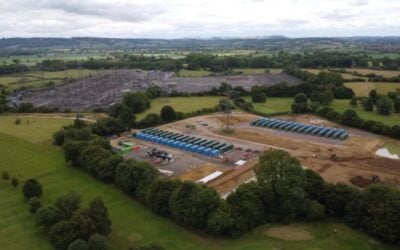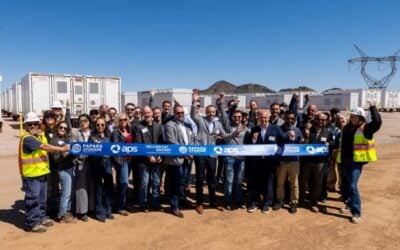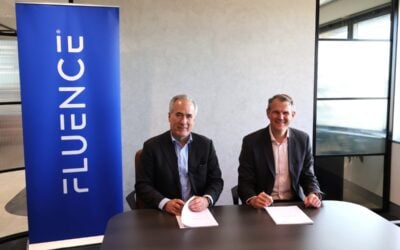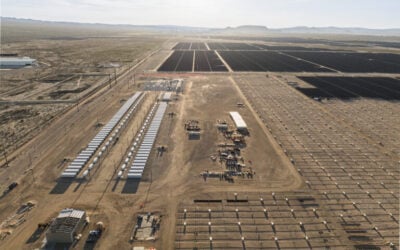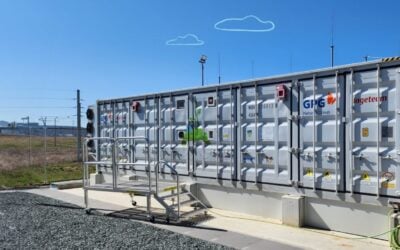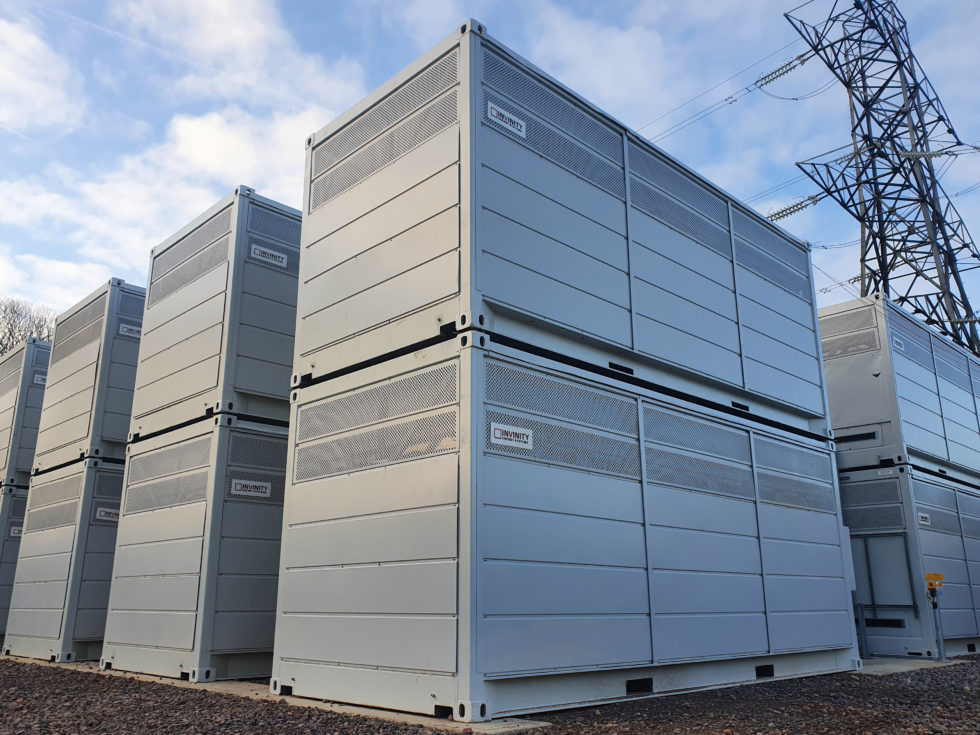
Invinity Energy Systems will deploy a partially grant-funded 7MW/30MWh vanadium redox flow battery (VRFB) system in the UK as the company scales up its project sizes.
The company has been awarded £11 million (US$13.6 million) by the Department for Energy Security and Net Zero (DESNZ) to deploy the 4.3-hour project at a node on the transmission network, run by National Grid.
Enjoy 12 months of exclusive analysis
- Regular insight and analysis of the industry’s biggest developments
- In-depth interviews with the industry’s leading figures
- Annual digital subscription to the PV Tech Power journal
- Discounts on Solar Media’s portfolio of events, in-person and virtual
It will provide a ‘broad range of services to the grid’, and the funding came from Phase 2 of the Longer Duration Energy Storage (LDES) Demonstration Competition.
The project is Invinity’s largest to-date, taking that title from – and doubling the size of – a recent 15MWh order from Taiwan, and will be the largest grid-scale battery system ever manufactured in the UK and one of the largest in the world, Invinity claimed. It didn’t give a targeted commercial operation date (COD).
It is also claimed the project would be the largest long duration battery asset connected to the UK grid, though this may be a technicality. As Energy-Storage.news recently reported in response to a similar claim by other firms, four-hour-plus projects of 30MWh or larger are already online with more coming in 2023 and 2024.
The project marks the start of the VRFB company more broadly scaling up its project sizes from the high single-digit megawatt-hours today to the 30-50MWh range for the next few years with the potential for over 100MWh in 2025, as explained by VP business development Matthew Walz in an interview at Energy Storage Summit USA last month. The interview was prior to today’s UK grant and project announcement, and was mostly focused on the US market.
“Invinity already has three substantial projects coming online this year. The CEC-funded Viejas Enterprise microgrid project in California at 10 MWh, the Yadlamalka Energy project in Australia is 8 MWh and the Chappice Lake Project by Elemental Energy in Canada at 8.4 MWh. The last two being solar plus storage projects,” Walz said.
“We have talked to people about three-digit MWh sized projects which could be coming online from 2025 onwards but between now and then we expect to be primarily deploying projects in the 30-50MWh range.”
He added that Invinity’s next generation product would deliver larger projects at a higher performance and lower cost with today’s mainly optimised at the shipping container level. The company has “pretty clear pricing and specifications on what that is for 2025 and beyond” he said in response to a question about the flow battery sector’s lack thereof, according to some developers.
Walz also pointed to similar grant funding opportunities for Long Duration Energy Storage (LDES) projects in the US, as well as the country’s investment tax credit (ITC). The recent tailwinds in the US mean Invinity expects the US will be one of if not the largest market for the company.
“The US’ Department of Energy is in the midst of awarding US$330 million in grant funding for non-lithium long duration energy storage projects. Award notices are expected to be announced in Summer 2023. We believe Invinity’s storage solutions are an excellent fit for the program’s requirements and objectives.”
“We expect to have our product qualify as domestic content by 2025 allowing US project developers to earn the ITC domestic content bonus. We are waiting for the IRS guidance on this, which is not expected until the second quarter of this year.”
LDES technology was a big talking point at the two-day Summit in Austin, Texas. In one panel discussion, New York ISO said that grid operators cannot afford a ‘bubble bursting’ event in the LDES sector with some other panellists drawing a parallel between the technology space today and the ‘dot-com’ internet era of the late 1990s.
VRFB is certainly one of the more long-standing technologies in the LDES sector, invented in the 1980s, with its patent expiring in 2006 and commercial projects operational today around a decade old, possibly older.
Lithium-ion nonetheless continues to sometimes be chosen for 4-8 hour duration energy storage projects. US utility Duke Energy told Energy-Storage.news in August last year that it would still choose the industry incumbent chemistry for a 7.3 hour system if it had to today.
And this week a PPA was signed for the offtake of an eight-hour project in California which the offtaker Clean Power Alliance told Energy-Storage.news will be a lithium-ion system.

